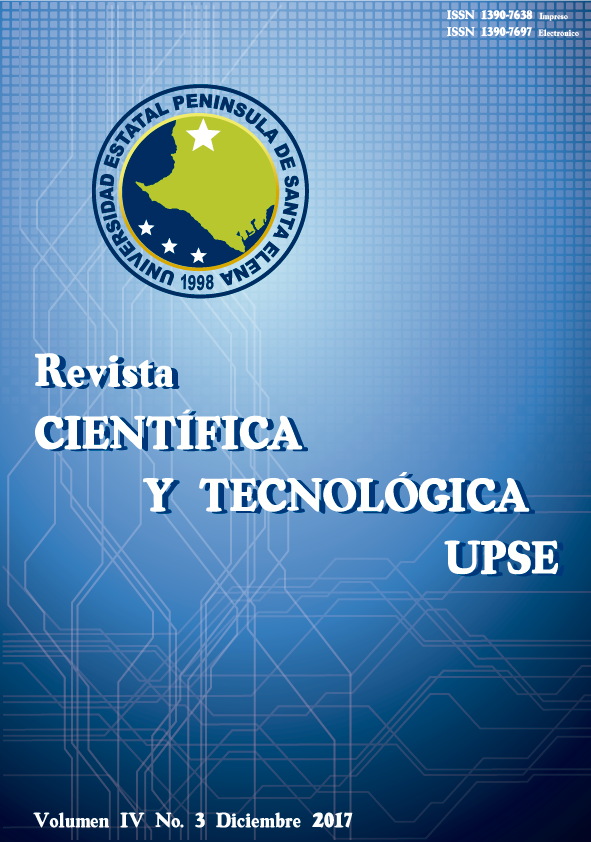Los Ciclos de Milankovitch: Origen, Reconocimiento, Aplicaciones en Cicloestratigrafía y el estudio de Sistemas Petroleros
DOI:
https://doi.org/10.26423/rctu.v4i3.281Palabras clave:
Milankovitch, correlación, Cicloestratigrafía, cuencas petrolerasResumen
Además de la rotación y la traslación, el planeta Tierra ejerce otros movimientos menores, que si bien imperceptibles, son de consecuencias importantes en los cambios climáticos que ha sufrido durante el pasado geológico. La conexión entre los movimientos de precesión, oblicuidad y excentricidad, con los grandes cambios climáticos y las glaciaciones fue presentada por Milankovitch en 1941. Cada uno de los movimientos orbitales presenta una periodicidad que es detectable a partir de datos geológicos y geoquímicos. Sin embargo, procesos posteriores en el sedimento (por ejemplo, diagénesis, otros patrones cíclicos superpuestos, y el llamado ruido litológico, interfieren en la detección precisa de los ciclos de Milankovitch. Una vez establecidos los patrones orbitales en un registro sedimentario, esta herramienta cicloestratigráfica es muy eficaz en correlaciones litológicas, temporales, y se demuestra además su utilidad en el análisis de rocas madre y rocas reservorio de hidrocarburos dentro del sistema petrolero.
Descargas
Descargas
Publicado
Número
Sección
Licencia
El titular de los derechos de autor de la obra, otorga derechos de uso a los lectores mediante la licencia Creative Commons Atribución-NoComercial-CompartirIgual 4.0 Internacional. Esto permite el acceso gratuito inmediato a la obra y permite a cualquier usuario leer, descargar, copiar, distribuir, imprimir, buscar o vincular a los textos completos de los artículos, rastrearlos para su indexación, pasarlos como datos al software o usarlos para cualquier otro propósito legal.
Cuando la obra es aprobada y aceptada para su publicación, los autores conservan los derechos de autor sin restricciones, cediendo únicamente los derechos de reproducción, distribución para su explotación en formato de papel, así como en cualquier otro soporte magnético, óptico y digital.












